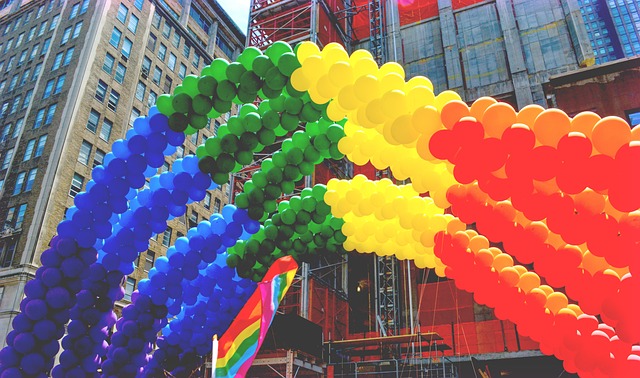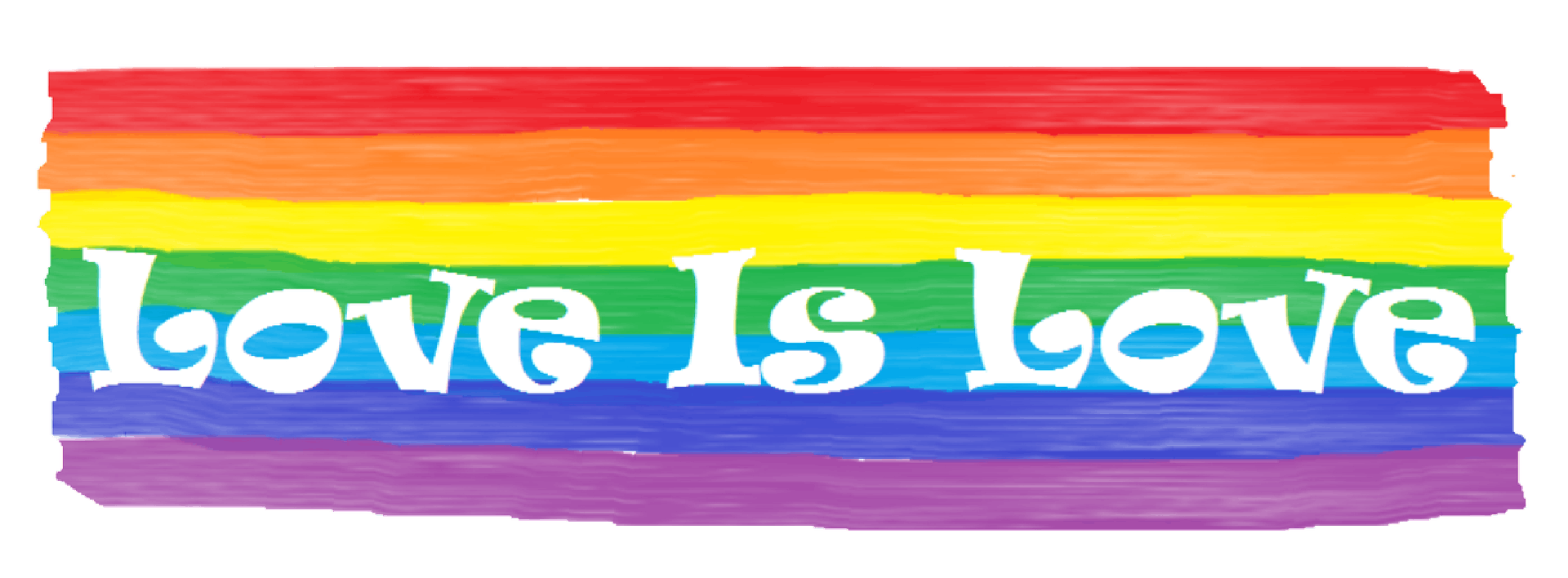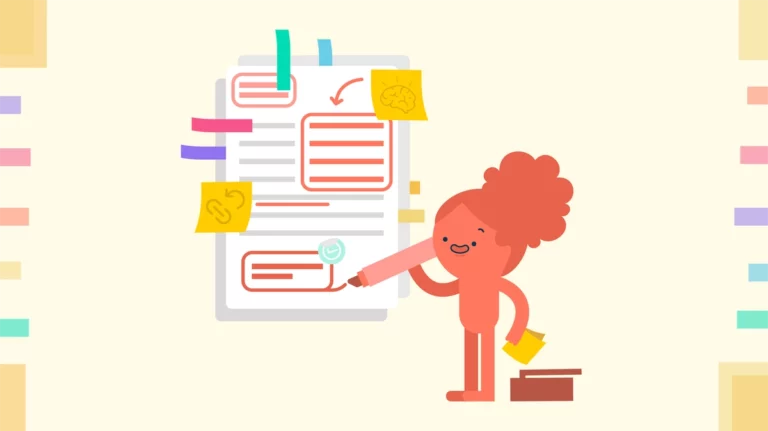LGBTQ+ History in the UK – A Roundtrip to Freedom
The time machine is ready and loaded, bags are packed (PS, no need for extra luggage, we’re only out for a day!), and I hope you’ve brought your notebook and pens – this is a history lesson you wish you’d had in school!
First Stop: Ancient History
Our journey begins a long, long time ago (longer than you probably imagined) somewhere around ancient history. Yessir, even before the time Ancient Romans started loitering around the island and arguing how to name it (they did a good job there with Britannia, it seems to have caught on!). You see, Celts were perfectly fine with homosexuality. In the Celtic, man-dominated society, intimate relationships among men were perfectly reasonable.
Around the first century AD, the Romans arrived, played around with cartography, fostered the cult of virility, and, naturally, revelled in their masculinity. Now, here’s the thing, Romans were also quite patriarchal, so it was perfectly fine for men to pursue homosexual relationships. Women, unfortunately, were plagued by the same disease that has haunted them for centuries prior and later: erasure. Still, props to Romans and Hadrian in particular, who came out as exclusively homosexual and even proclaimed his lover, Antinous, a god.
Moving On: A Turn for the Worse
Well, no matter how religious you are, facts are facts, and the fact is that the arrival of Christianity in the Roman Empire meant massive censorship of homosexuality. Welcome to the fourth century AD, from which point the LGBT population was condemned to suffering and torture for their sexual preferences. Luckily for the inhabitants of the fourth century, their freedoms were still their own and homosexuality persisted for the next couple of centuries.
Tanking Intermission: Let’s Just Enjoy the Moment
Just look around at the free love (for men only) and think about this: everything was fine before organised religion struck, and there was nothing unusual about homosexual relationships. I mean, Hadrian made a cult out of his lover – that’s some devotion right there. But, it wasn’t meant to last.
In order to spare you the shock of watching the tragedy unravel up-close, I will give you a quick rundown of what happened:
For a few centuries and a few Henries, things seemed to be going well(ISH). The rich still preserved their rights to enjoy homosexual relationships, and the poor were too poor for anyone to care (although constant existential dread may have been a bit of an embuggerance on their relationships). Additionally, the patriarchal family structure, organised around bearing as many children as possible, was formed to ward off high mortality rates due to illnesses and wars (great time, the Middle Ages, 0/10 would recommend).
This led to the subtle cultural creation of what we call the LifeScript™ (i.e. grow up, get married, have lots of babies). Unfortunately, the LifeScript™ is hard to fulfil among homosexual couples, and soon enough (wouldn’t you know), people, propelled by increasingly strict interpretations of the Bible, started moving against the LGBT community. For example, in 1395, John Rykener, a transvgender prostitute working in London, was arrested for cross-dressing.
Ready to Go! Ploughing through the Trauma
Things didn’t get better from there. In 1533, King Henry VIII passed the Buggery Act 1533 (be sure to check out our LGBTQ rights in the UK explanation), which prohibited any ‘unnatural sexual conduct’. In other words, it was, legally speaking, the end of homosexual relationships. The law was re-enacted three times and made permanent in 1541. And you thought Henry VIII was bad?
The Tudors mostly agreed on preserving the ‘anti-sodomy laws’ (their words, not mine) with the exception of Mary Tudor, god bless her heart. Funnily enough, she earned the nickname Bloody Mary for her religious persecutions, but apparently, she was fine with LGBT. At least someone had enough sense to cleave sexual freedom and religion into two separate camps. However, as soon as Elizabeth I assumed the throne, the Buggery Act was back on your regular scheduled program of the time.
And I know it’s tough to hear it, but LGBTQ+ persecution was a very common thing throughout history, especially as we approach the modern day.
Hold On, Wait a Minute: Fish and Chips Break
Just because something was made illegal, it didn’t mean it had to stop. It’s hilarious how many kings and queens continued their same-sex affairs. For example, Queen Anne had a very special ‘friend’, Sarah Churchill. When the two broke up, Churchill blackmailed the queen with publishing their juicy letters. Beyond court gossip, however, things were not that entertaining. For instance, in 1682, Arabella and ‘James Howard’s’ marriage was annulled because James was actually Amy Poulter, and same-sex marriage was unlawful. Some 150ish years later, Harry Stokes was born as a woman but lived his life as a man. His choice made it to local news, and it was turned into ballads – and it didn’t seem to bother the local working class. Unfortunately, Harry was found dead in the river, and it was never confirmed whether it had been an accident or murder.
More laws were passed, stipulating that marriage was only between men and women (1866). The death penalty for homosexuality took dozens of lives before the Buggery Act was outlawed, courts targeted the trans-community for ‘unnatural offences’, and even Oscar Wilde spent a few years behind bars for his relationship with a much younger Alfred Douglas (he wrote a nice poem about those happy years too!). Hormone treatments (check out Alan Turing, the man who helped end WWII but was still incapacitated by abysmal medications), more legal actions, and anti-gay movements followed, but there was light on the horizon.
Done with eating? Allons-y!
While we’re boarding, I’ll have you know that Alan Turing is currently residing comfortably on your 50-pound bills. Talk about backpedalling!

Zooming Forward: LGBTQ+ History Timeline
You know what’s great about my history class? I don’t give tests or grades (I do that for literature 😉), so you don’t need to memorise every date from this little timeline. But, for what it’s worth, here are some of the more important bits to remember. And to make it more uplifting, we’re going for positive changes:
| 1897 | The Order of Chaeronea, the first homosexual rights group in England, is founded by George Cecil Ives. |
| 1946 | Michael Dillon is the first trans man in the United Kingdom to undergo phalloplasty. |
| 1951 | Roberta Cowell is the first trans woman in the United Kingdom to undergo vaginoplasty. |
| 1957 | In response to the arrest of Alan Turing, the Wolfenden Committee is formed and calls for the decriminalisation of gay marriage. |
| 1961 | April Ashley is the first trans person in the United Kingdom to be outed by the press. Ashley’s modelling career is over. |
| 1967 | The Sexual Offences Act is passed, decriminalising same-sex relationships AS LONG AS they are in private – we still have some ways to go. |
| 1970 | The Gay Liberation Front meets for the first time in London. |
| 1972 | The first Gay Pride March takes place. |
| 1974 | The first lesbian kiss is broadcast on TV in the BBC drama Girls. |
| 1979 | A Change of Sex, the first documentary detailing the transgender experience, airs on BBC2 in 1979. It follows the story of Julia Grant and her transition. |
| 1982 | Homosexual relationships between men are decriminalised in Northern Ireland. |
| 1984 | The Black Lesbian Group is established, and this is the year when the UK gets its first openly gay MP, Chris Smith. |
| 1985 | The Black Lesbian and Gay Centre is opened, offering counselling, support, and library resources to the LGBTQ+ community. |
| 1988 | Section 28 is legislated, withdrawing funds from any art projects promoting and supporting LGBTQ+ freedoms. |
| 1989 | Sir Ian McKellen decides that Section 28 SHALL NOT PASS and helps to form Stonewall to provide support to the LGBTQ+ community and prevent further attacks.
Section 28 did pass, but it was met with huge resistance and was finally repealed in 2003. |
| 1994; 2000 | The age of consent in homosexual relationships is lowered to 18 and 16 respectively. |
| 2000 | Gay, lesbian, and bisexual people can now serve in the British Armed Forces.
Ahem, Churchill was accused of ‘indecencies in the style of Oscar Wilde’ when he was a cadet. Though the libel didn’t work, he did enjoy company of homosexual men later in life and showed little interest in women apart from his wife. |
| 2002 | Same-sex couples can finally adopt in England and Wales. Now we’re talking! |
| 2003 | Employment Equality Regulations are passed, banning workplace discrimination against the LGBTQ+ community. The act was amended in 2010 to include gender, age, gender reassignment, race, and disability. |
| 2005 | Big year! Black Pride and the Gender Recognition Act are established – trans people are finally allowed visibility. |
| 2014 | Same-sex marriage is legalised in England, Wales, and Scotland.
It took six more years until it was legalised in Northern Ireland. (Guys, this can’t be because of religion, right? RIGHT?!) |
| 2021 | The UK’s first LGBTQ+ retirement community opens, ensuring people never have to go back into hiding later in life (as was commonly the case). |
| 2030 | Equality and tolerance are achieved (but we STILL have a ways to go!). This is a time machine, after all. If we keep fighting the good fight, celebrate Pride, and accept one another, this possible future will be created in a few years. I raise my glass to that day! |
I won’t lie, it’s not all sunshine and rainbows, and we are still far from complete equality and acceptance, but every victory is a cause for celebration. And now …
Acceleration: Fun Facts – The Original Pride Flag 🏳🌈
We all know the Rainbow Flag, but do you know where it comes from?
The flag was commissioned and created specifically for LGBTQ+ rights (like new countries deciding on their own flags), symbolising the new era of togetherness and pride. And that’s exactly what it stands for: The LGBTQ+ community embraces everyone. People come from different ethnic and cultural backgrounds and can be anything they want to be, including ‘questioning’.
Gilbert Baker, a Vietnam War veteran, created the flag at Harvey Milk’s request for San Francisco’s annual Pride parade in 1978. It’s funny how these things happen in life, but Baker already had the idea of the Rainbow Flag two years prior to Milk’s request and was just waiting. Before his iconic flag was flown for the first time, the LGBTQ+ community used a pink triangle for self-representations. Nazis originally used the triangle to mark homosexuals, and while the LGBTQ+ community reclaimed and made the symbol their own, the dark past remained. So, Baker’s solution came as a blessing and was instantly embraced. Now, that’s a legacy!
On the Way Home: LGBTQ+ History Month
While we slowly turn back to 2022, let’s talk about LGBTQ+ history month. As you know, it’s a month-long observation of LGBTQ+ history. Its aim is to support, raise awareness, recognise the contributions of LGBTQ+ individuals throughout history, and educate. Different countries observe LGBTQ+ history month at different times. The US, Canada, and Australia observe it in October to mark Coming Out Day on the 11th of the month. The UK prefers February (to match the abolition of Section 28).
For the next LGBTQ+ history month (depending on when it’s celebrated in your country), I heartily recommend these wonderful fiction and non-fiction reads:
- The Gay Revolution: The Story of the Struggle by Lillian Faderman
- And the Band Played On: Politics, People, and the AIDS Epidemic by Randy Shilts
- Sister Outsider: Essays and Speeches by Audre Lorde
- Transgender Warriors: Making History from Joan of Arc to Dennis Rodman by Leslie Feinberg
- Real Queer America: LGBT Stories From Red States by Samantha Allen
- The House in the Cerulean Sea by TJ Klune
- Juliet Takes a Breath by Gabby Rivera
- The Color Purple by Alice Walker
- Heartstopper (graphic novel series) by Alice Oseman
- Under the Udala Trees by Chinelo Okparanta

Wouldn’t You Want More LGBTQ+ History in Schools?
Well, that was a roller-coaster from start to finish! But you see, we have made a roundtrip: from perfectly consenting and very homosexual Celts and Romans, through massive prosecutions and misdeeds against the LGBTQ+ community, and finally back to the good part, i.e., celebrating victories.
As far as I’m concerned, we certainly do need more LGBTQ+ history in schools because there is SO MUCH to talk about. Until then, we are happy to provide more information and celebrate influential LGBTQ+ figures in history, promote support and companionship, and celebrate Pride with pride every year!
My endless thanks go to HighSpeedTraining for its help with sorting out the timeline!







